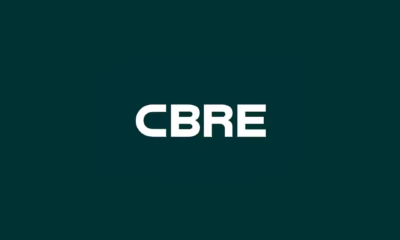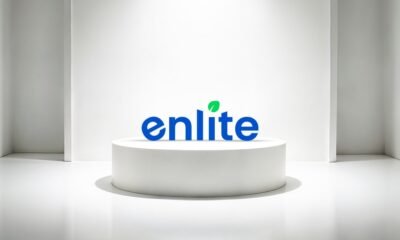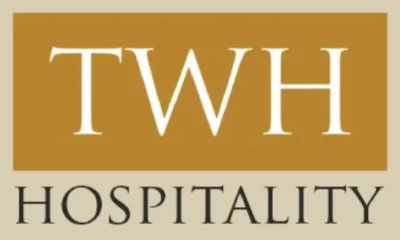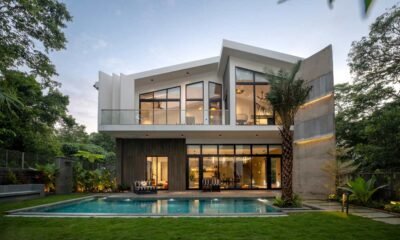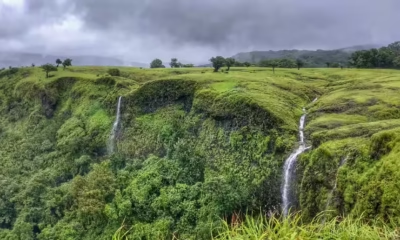News
Dürr Building CO2-Efficient Paint Shop as Turnkey Project For Volkswagen

Chennai, September 1, 2025: Dürr has built a paint shop designed to slash CO2 emissions at one of the Volkswagen Group’s biggest manufacturing facilities. The plant in Puebla, Mexico, was inaugurated in January.
The turnkey project includes two identical painting lines that are particularly environmentally friendly due to their electrified equipment, such as the electric drying system. Dürr is also implementing key components of its new “Paint Shop of the Future” concept with a high-bay warehouse and driverless transport systems.

Since January, the Puebla Volkswagen plant paints 90 vehicle bodies per hour of different models. Dürr was awarded the contract in 2022. The innovative paint shop is engineered to seamlessly accommodate additional models and emerging future technologies.
This adaptive capability aligns with the high-output nature of the production plant and is made possible by a central high-bay warehouse and the EcoProFleet driverless transport system. DXQ software controls the AGV (automated guided vehicle) developed specifically for paint shops that predictively sorts the bodies in combination with the high-bay warehouse and brings them to the right work deck or collects them with pinpoint accuracy.
Dividing rigid production lines is a central tenet of Dürr’s “Paint Shop of the Future” concept and shortens the overall process by tailoring the process time exactly to the individual vehicle. This fact alone significantly reduces overall CO2 emissions.
Painting technology for high model variance
The two identical painting lines feature 170 sealing and painting robots with the corresponding application technology for sealing and coating different Volkswagen models in the future.
This encompasses EcoRS Clean F, a prime example of Dürr’s efforts to bolster system technology to equip it for growing model diversity. It combines the thorough, gentle cleaning prowess of a feather roller system with the high flexibility inherent to a robotic set-up. This makes it perfect for lines that paint many body variations with complex contours. The contract scope also includes the complete paint and PVC supply and software solutions with AI applications from Dürr’s proprietary DXQ product family.
Substantial reduction in CO2 emissions
A central factor in CO2 emissions reduction is body drying since it consumes the most energy in the painting process. Operating the ovens with regenerative energy, like green electricity, reduces the CO2 emissions from the overall system by around 40 per cent compared to a paint shop using natural gas.
“This was one of the reasons why Volkswagen opted for the EcoInCure electric drying system,” explains Bruno Welsch, COO, automotive, Dürr.
“Another is its special air duct system that heats the bodies from the inside out. This technology results in more uniform heating and cooling behaviour and reaches solid body components like the rocker panels more directly than conventional systems, cutting the body heating times by 30 per cent.”
Electric package concept for oven and exhaust air purification
Another cornerstone for minimising CO2 emissions is linking the electric oven to an electric air pollution control system. Dürr is the only provider on the market with an overall blended concept of this kind. It combines the EcoInCure with an Oxi.X.RV, an electric exhaust air aftertreatment system that purifies the polluted exhaust air using the principle of regenerative thermal oxidation—with no open flame.
Unlike conventional combustion processes, no additional CO2 is produced by the operation. The system is also extremely energy efficient and achieves autothermal operation even with small quantities of solvent, i.e., it maintains its operating temperature by itself. It uses the significant energy produced during the oxidation of the solvents to keep its process going.
Dürr has also installed an energy-saving, environmentally-friendly system for overspray separation. EcoDryScrubber uses limestone powder as a natural binder to separate paint overspray. Highly efficient HEPA12 filters remove all particles from the process air. The saturated limestone powder is disposed of fully automatically via a piping system—with no process interruption.
The dry separation system at Volkswagen Puebla minimises the required fresh air supply to 5 per cent, maximising the proportion of recirculated air. This reduces the paint booth’s energy consumption by well over 60 per cent compared with wet scrubbing.

 News4 weeks ago
News4 weeks agoInfrastructure Automation Company Enlite Launches World’s First Patented Edge Controller for Intelligent Infrastructure

 News2 weeks ago
News2 weeks agoTWH Hospitality Announces Aggressive F&B Expansion Plan with ₹30 Cr Investment

 News2 weeks ago
News2 weeks agoCanonicus Capital Closes ₹200 Crore Private Equity Fund Focused on NCR Real Estate

 News2 weeks ago
News2 weeks agoThe Big-Size, Branded Luxury Ticket: Is a New Chapter Unfolding in Indian Real Estate?

 News4 weeks ago
News4 weeks agoGodrej Properties Crosses FY26 Annual Business Development Guidance with Acquisition of 75-acre land parcel in Nagpur

 Guest Column3 weeks ago
Guest Column3 weeks agoGhats With a View: Tilari Can Redefine Farmstay Market in India

 News4 weeks ago
News4 weeks agoReal Estate Investment Momentum in APAC, India to Hold Steady Through 2026: Colliers’ Survey Insights

 News2 weeks ago
News2 weeks agoLoans to Get Cheaper as RBI Cuts Repo Rate to 5.25% Amid Low Inflation, Robust GDP Growth





